Photo Gallery for Rhopobota finitimana - No common name | 70 photos are available. Only the most recent 30 are shown.
|
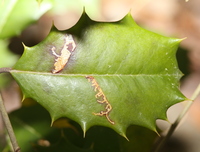 | Recorded by: David George on 2024-03-24
Chatham Co.
Comment: | 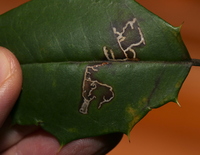 | Recorded by: David George, Becky Watkins on 2024-03-03
Orange Co.
Comment: |
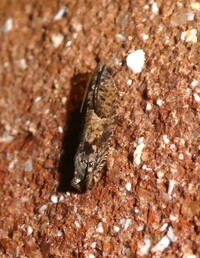 | Recorded by: Simpson Eason on 2024-02-26
Durham Co.
Comment: |  | Recorded by: David George, Becky Watkins on 2023-11-05
Durham Co.
Comment: |
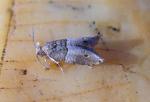 | Recorded by: R. Newman on 2023-11-04
Carteret Co.
Comment: | 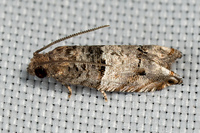 | Recorded by: Mark Shields on 2023-10-17
Onslow Co.
Comment: |
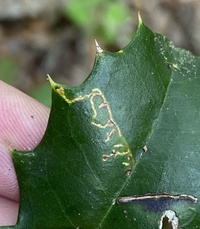 | Recorded by: David George on 2023-05-15
Alamance Co.
Comment: | 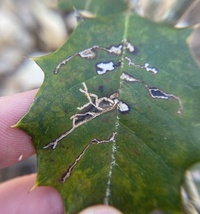 | Recorded by: David George, Becky Watkins on 2023-04-02
Wake Co.
Comment: |
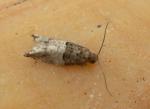 | Recorded by: R. Newman on 2023-03-22
Carteret Co.
Comment: | 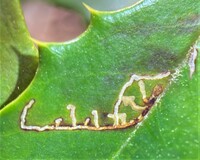 | Recorded by: Dean Furbish on 2023-03-19
Wake Co.
Comment: |
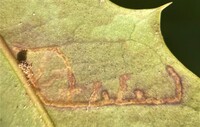 | Recorded by: Dean Furbish on 2023-03-19
Wake Co.
Comment: | 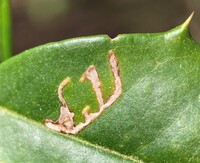 | Recorded by: Dean Furbish on 2023-03-08
Wake Co.
Comment: |
 | Recorded by: Dean Furbish on 2023-03-08
Wake Co.
Comment: | 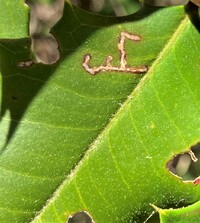 | Recorded by: Dean Furbish on 2023-03-07
Wake Co.
Comment: |
 | Recorded by: Dean Furbish on 2023-03-07
Wake Co.
Comment: | 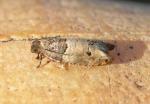 | Recorded by: R. Newman on 2022-06-05
Carteret Co.
Comment: |
 | Recorded by: Jim Petranka on 2022-05-31
Moore Co.
Comment: | 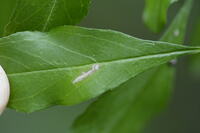 | Recorded by: Tracy S. Feldman on 2022-05-23
Durham Co.
Comment: |
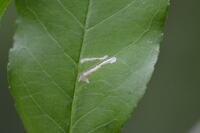 | Recorded by: Tracy S. Feldman on 2022-05-23
Durham Co.
Comment: |  | Recorded by: Tracy S. Feldman on 2022-05-23
Durham Co.
Comment: |
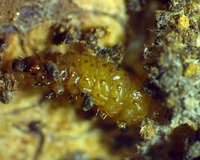 | Recorded by: Ken Kneidel on 2022-04-29
Mecklenburg Co.
Comment: | 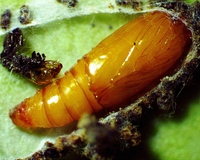 | Recorded by: Ken Kneidel on 2022-04-29
Mecklenburg Co.
Comment: A pupa from a larvae that emerged from a mine on American Holly. See companion photo of the adult that emerged on 2022-04-29. |
 | Recorded by: Ken Kneidel on 2022-04-29
Mecklenburg Co.
Comment: One of two adults that were reared from a group of mines on American Holly. Mines were collected on 2021-12-22; pupa on 2022-04-18; adult on 2022-04-29. See companion photo of one of the mines from 2021-12-22. | 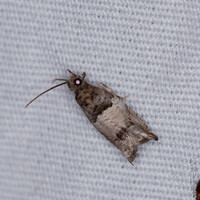 | Recorded by: David George, L. M. Carlson on 2022-04-25
Orange Co.
Comment: |
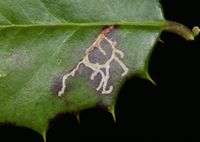 | Recorded by: Jim Petranka and Becky Elkin on 2022-03-19
Richmond Co.
Comment: | 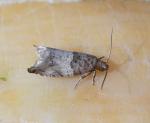 | Recorded by: R. Newman on 2022-03-18
Carteret Co.
Comment: |
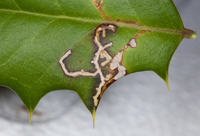 | Recorded by: Jim Petranka and Becky Elkin on 2022-03-08
Cherokee Co.
Comment: |  | Recorded by: John Petranka on 2022-03-02
Halifax Co.
Comment: |
 | Recorded by: John Petranka on 2022-03-02
Halifax Co.
Comment: |  | Recorded by: R. Newman on 2022-02-18
Carteret Co.
Comment: |
|